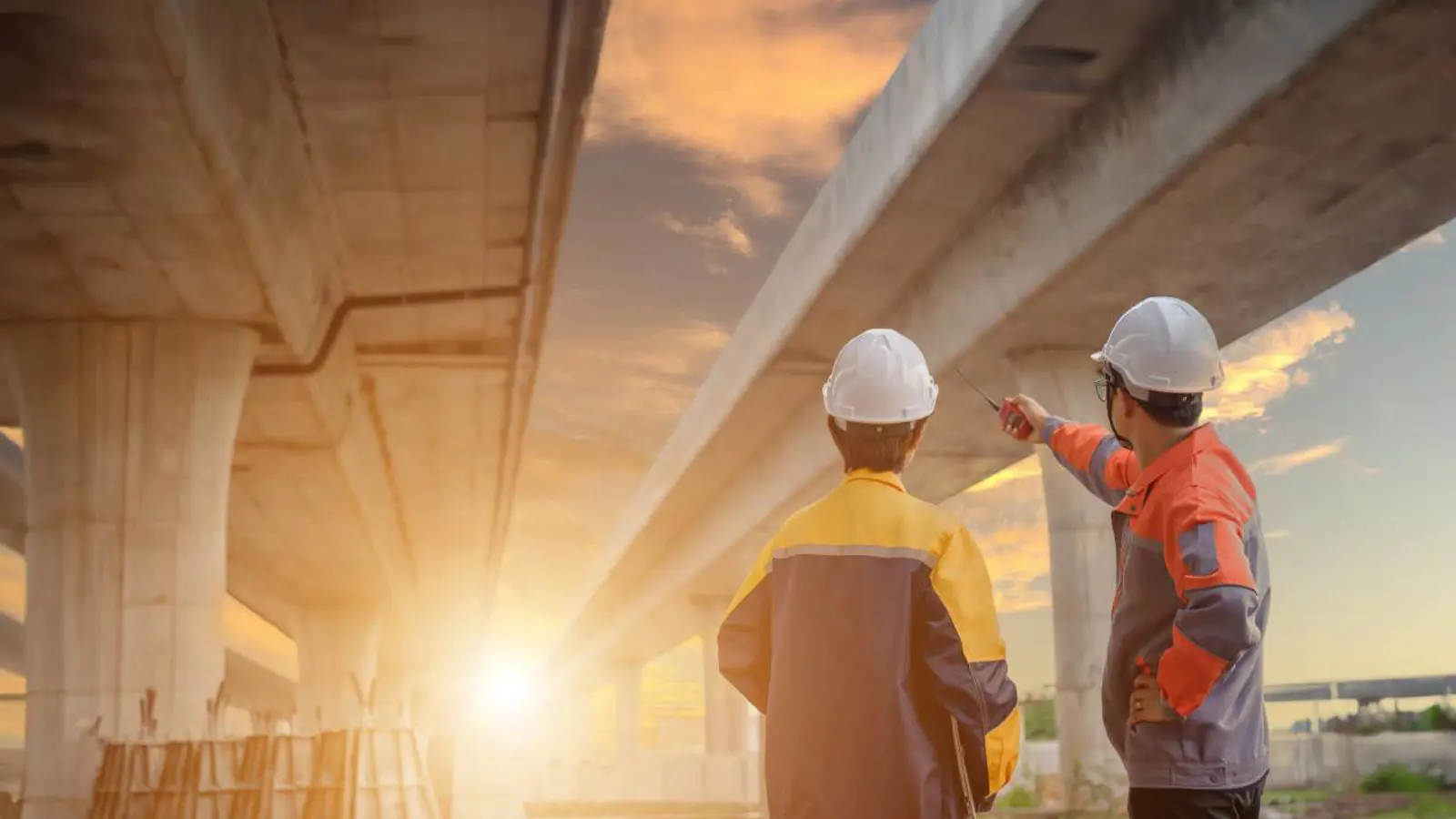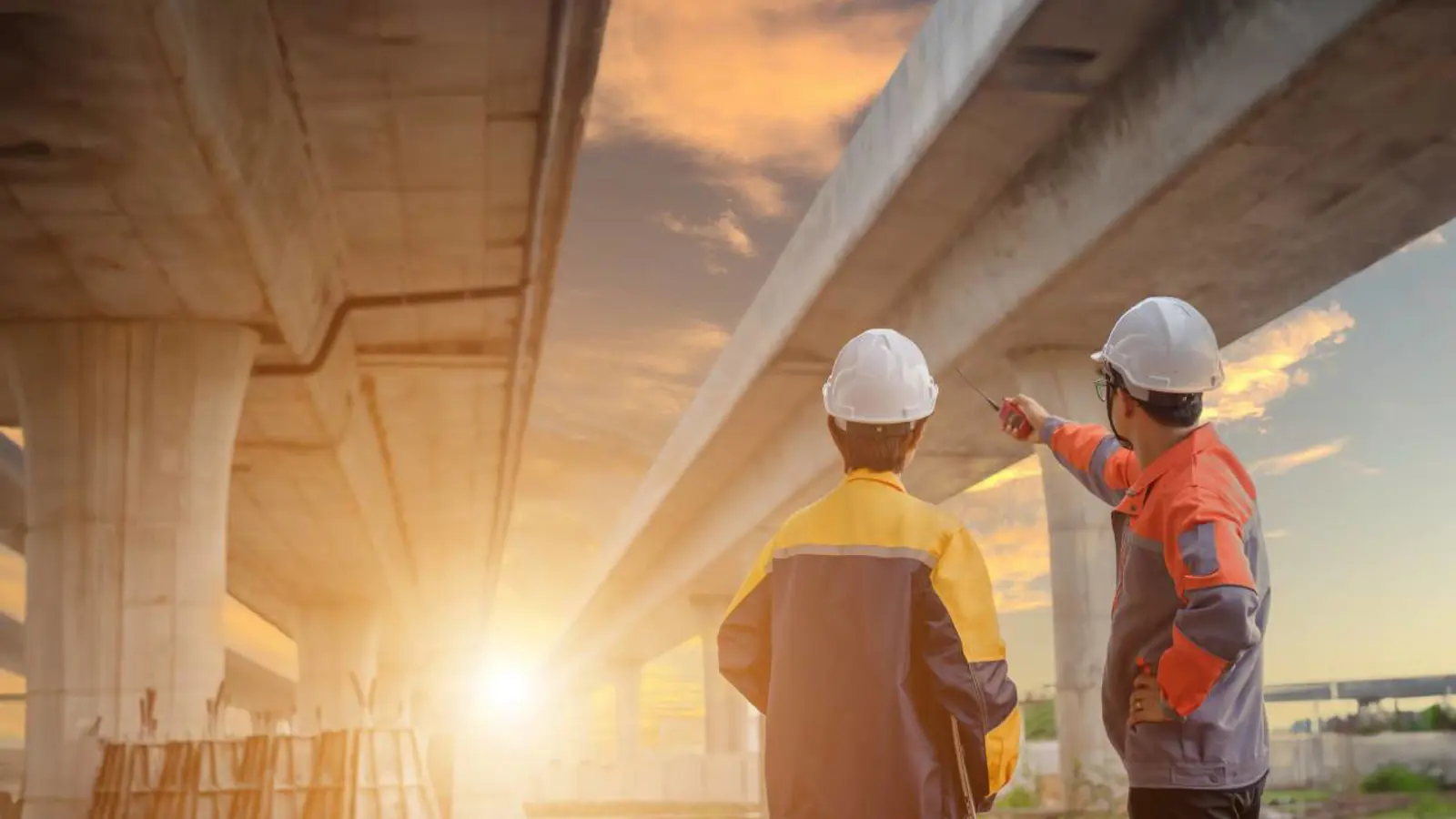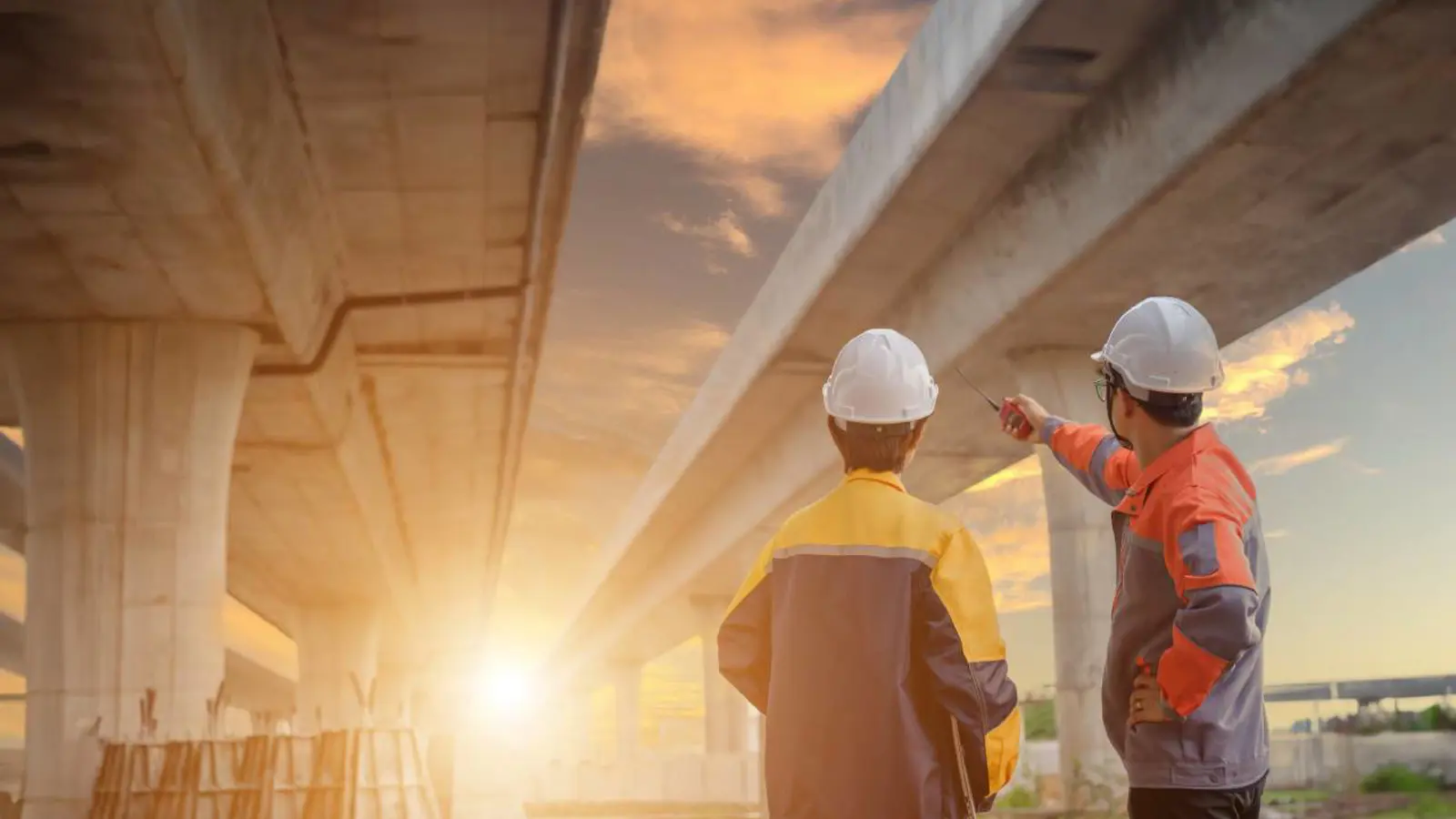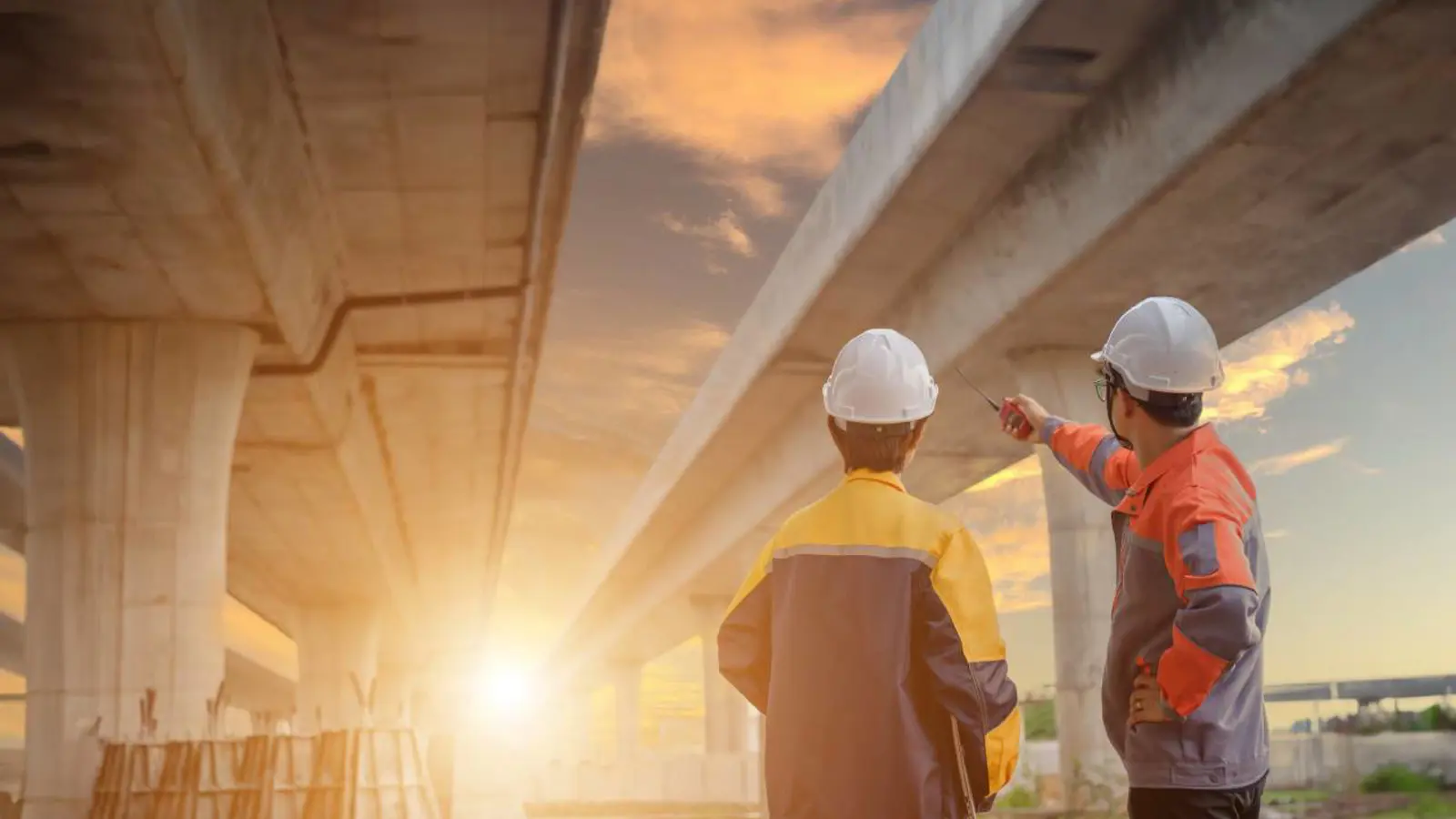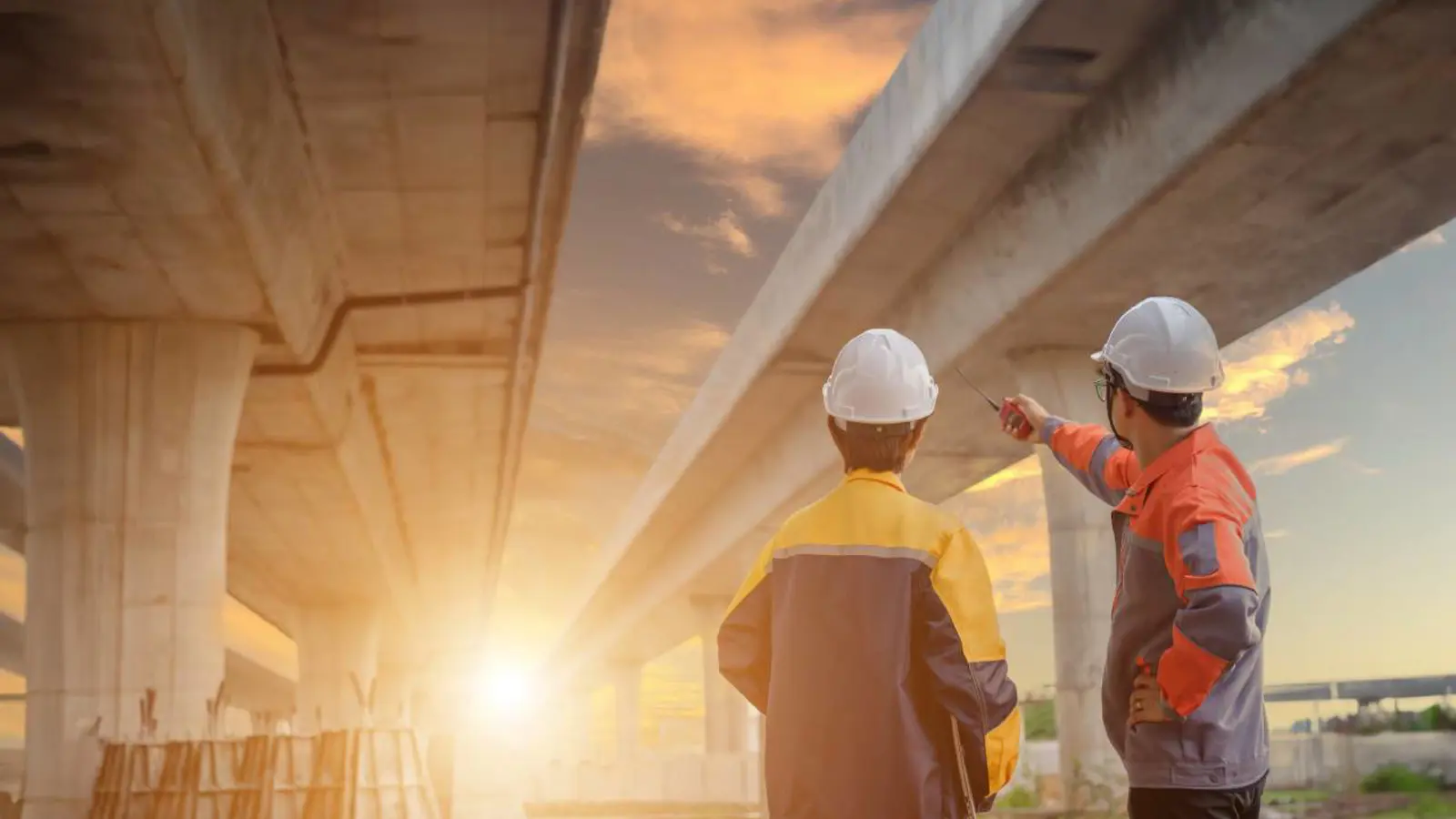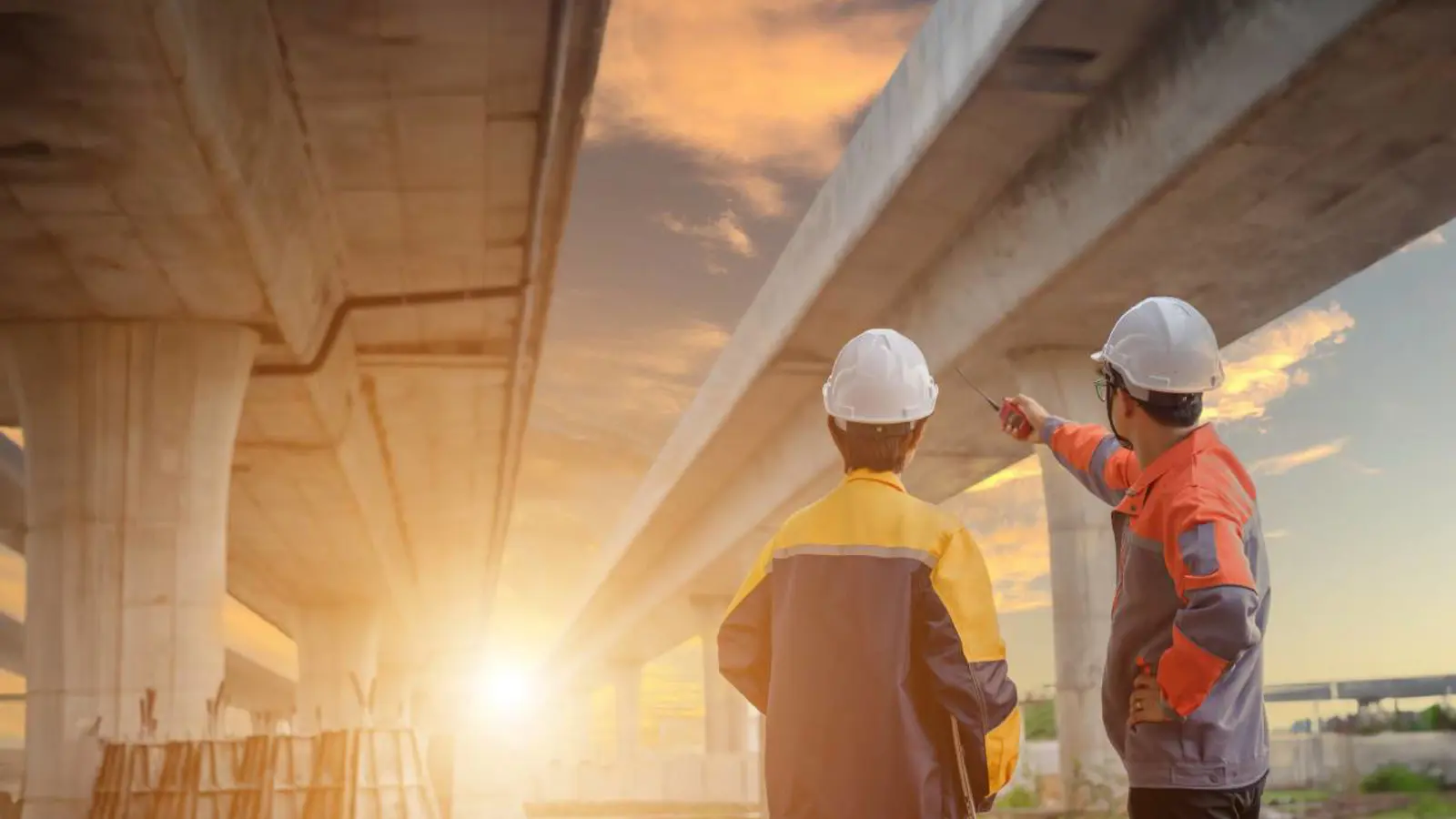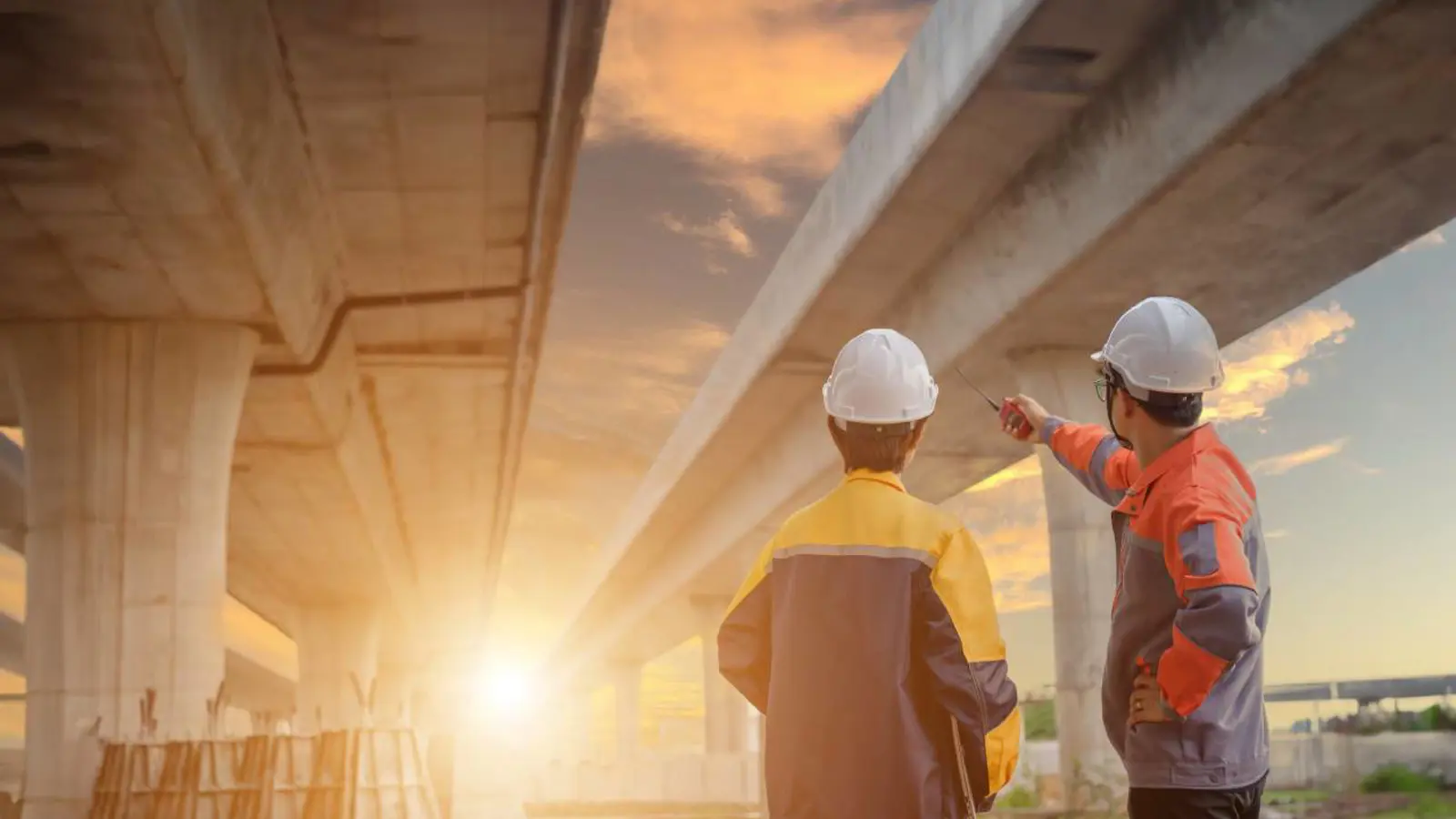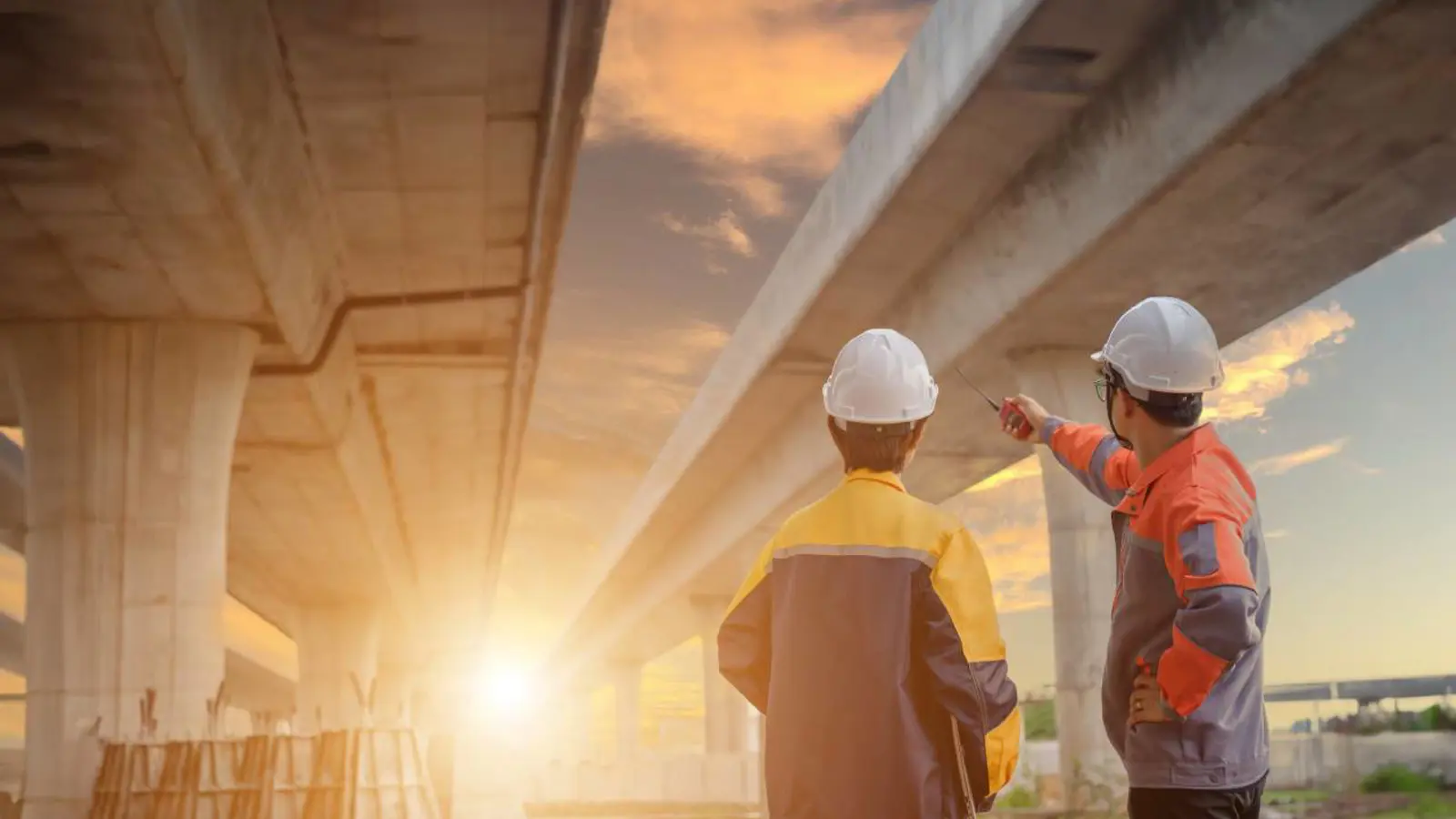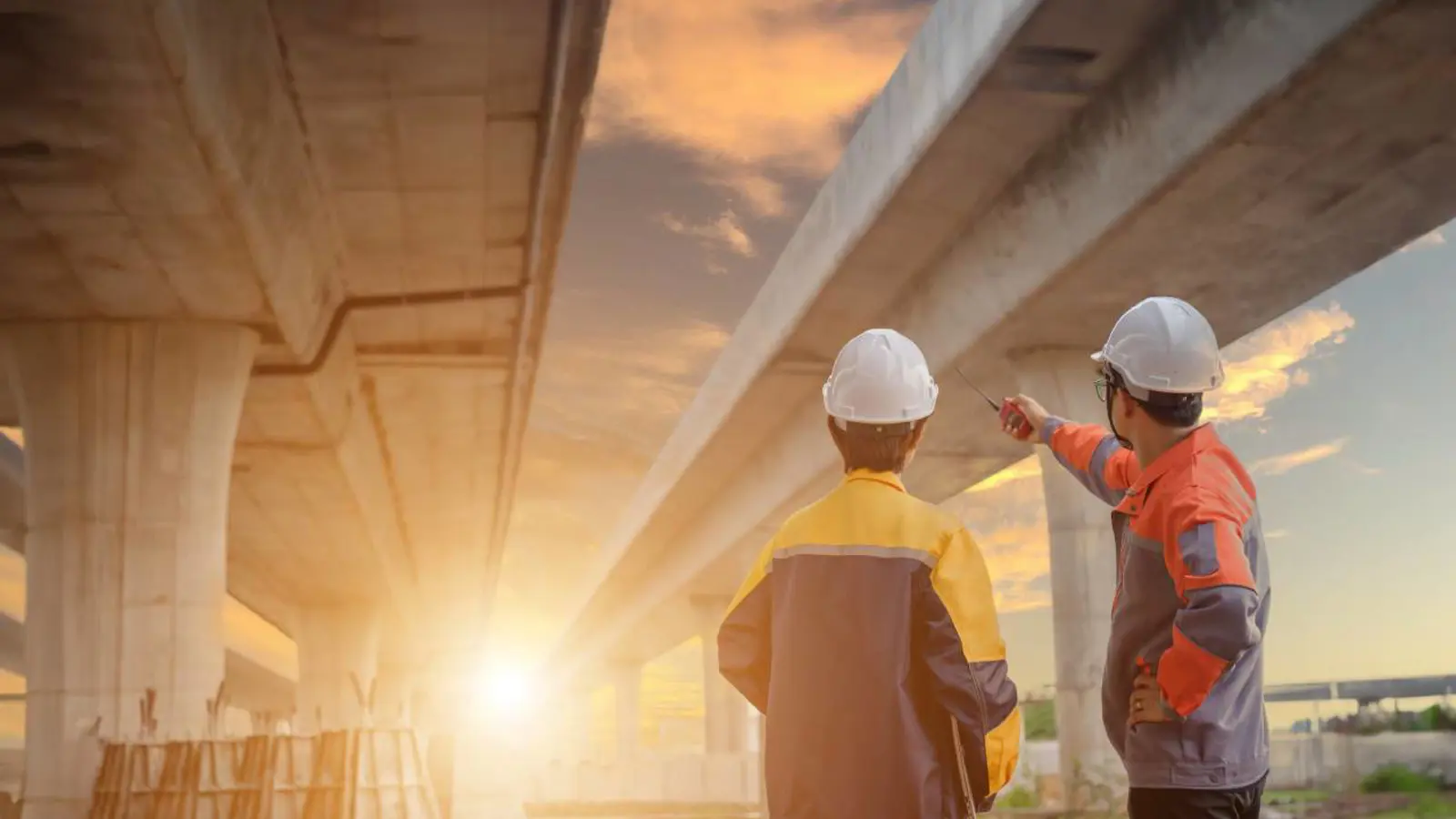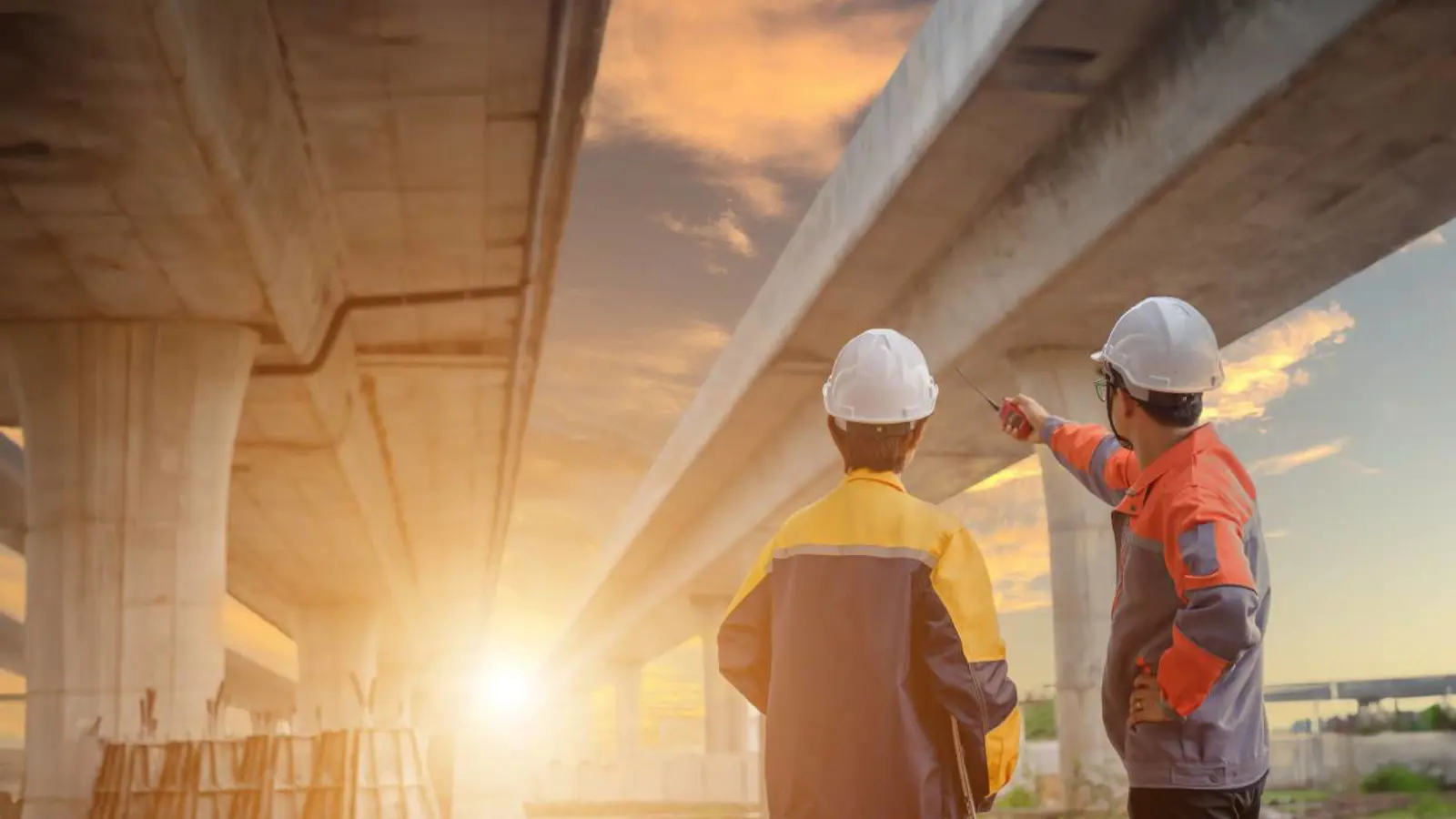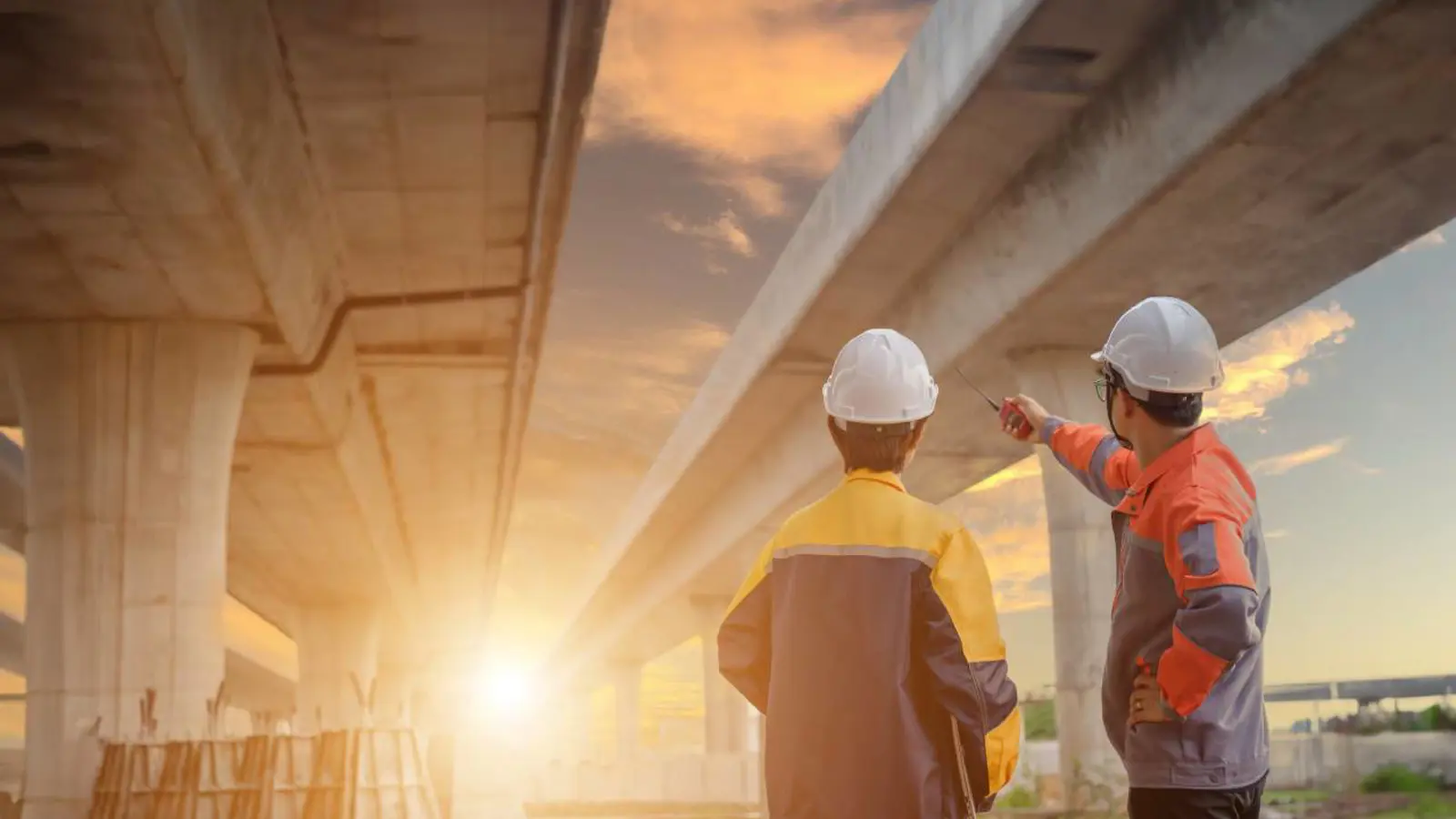Underground Engineering Risks Insurance: Protecting Civil Engineering Projects from Subterranean Challenges
Civil engineering projects involving underground work represent some of the most complex and high-risk endeavors in the construction industry. From subway systems and utility tunnels to underground storage facilities and mining infrastructure, these projects demand specialized risk management and comprehensive insurance coverage.
This definitive guide explores the intricate world of underground engineering risks insurance, providing civil engineering professionals with critical insights into protecting their projects, workforce, and financial investments.
Understanding Underground Engineering Risks
Geological Uncertainties
Underground engineering projects face unprecedented geological challenges that can dramatically impact project feasibility and safety. Key risks include:
- Unexpected ground composition variations
- Potential for ground settlement or subsidence
- Water table and hydrostatic pressure complications
- Rock formation instabilities
Structural Risks
Underground construction introduces unique structural risks not present in surface-level projects:
- Tunnel collapse potential
- Complex support system requirements
- Lateral earth pressure management
- Underground utility interference
Essential Insurance Coverage Components
Professional Indemnity Insurance
Professional indemnity insurance is crucial for underground engineering projects, protecting against:
- Design errors and omissions
- Geotechnical assessment mistakes
- Inadequate risk modeling
- Engineering specification failures
Contractors' All Risks Insurance
This comprehensive coverage addresses multiple project-specific risks:
- Equipment damage
- Material loss
- On-site accidents
- Temporary works protection
Cyber Insurance for Underground Projects
Modern underground engineering relies heavily on digital technologies, necessitating robust cyber insurance that covers:
- Sensor and monitoring system breaches
- Digital mapping data protection
- Control system vulnerabilities
- Project management software risks
Risk Mitigation Strategies
Pre-Project Risk Assessment
Comprehensive risk assessment is the foundation of effective underground project insurance. Key steps include:
- Detailed geological surveys
- Advanced ground penetrating radar (GPR) analysis
- Historical site investigation
- Comprehensive environmental impact studies
Technology Integration
Emerging technologies are transforming risk management in underground engineering:
- 3D ground modeling
- Real-time monitoring sensors
- AI-powered predictive analytics
- Advanced geotechnical simulation software
Selecting the Right Insurance Coverage
Tailored Policy Considerations
When selecting underground engineering insurance, consider:
- Project-specific risk profile
- Duration and complexity of the project
- Geographical and geological context
- Specific engineering methodologies
Coverage Limits and Exclusions
Understanding policy limitations is crucial. Common exclusions might include:
- Pre-existing ground conditions
- Intentional non-compliance with safety regulations
- Extreme geological events
- Experimental engineering techniques
Real-World Underground Engineering Insurance Scenarios
Case Study 1: Urban Subway Tunnel Project
A metropolitan subway extension project encountered unexpected ground water intrusion, causing significant equipment damage and project delays. Comprehensive contractors' all risks insurance covered equipment replacement and business interruption costs.
Case Study 2: Underground Storage Facility
A geological miscalculation during an underground storage facility construction led to potential structural instability. Professional indemnity insurance covered the redesign and remediation costs, preventing substantial financial losses.
Conclusion: Proactive Protection in Underground Engineering
Underground engineering represents a complex intersection of technological innovation, geological expertise, and financial risk management. Comprehensive insurance coverage is not just a regulatory requirement but a critical strategic asset.
By understanding the unique risks, leveraging advanced technologies, and selecting tailored insurance solutions, civil engineering professionals can navigate the challenging underground landscape with confidence and security.


 0330 127 2333
0330 127 2333

